Supportive Government Initiatives and Funding
The Skin Grafting Device Market is positively impacted by supportive government initiatives and funding aimed at improving healthcare infrastructure. Various governments are recognizing the importance of advanced medical technologies in enhancing patient care, leading to increased investments in healthcare systems. Funding for research and development in skin grafting technologies is being prioritized, which may lead to innovative solutions and improved devices. Furthermore, government programs aimed at subsidizing medical treatments for chronic wounds are likely to increase the accessibility of skin grafting procedures. This supportive environment is expected to foster growth in the market, as more healthcare facilities adopt advanced skin grafting devices to meet the rising demand.
Rising Demand for Chronic Wound Care Solutions
The Skin Grafting Device Market is significantly influenced by the increasing prevalence of chronic wounds, which necessitate advanced treatment options. Conditions such as diabetes and venous ulcers are on the rise, leading to a greater need for effective wound management solutions. According to recent statistics, chronic wounds affect millions of individuals, creating a substantial demand for skin grafting devices. This trend is further exacerbated by the aging population, which is more susceptible to such conditions. Consequently, healthcare providers are increasingly turning to skin grafting as a viable treatment option, thereby driving market growth. The market is expected to expand as more healthcare facilities adopt these devices to improve patient care and outcomes.
Increase in Surgical Procedures and Trauma Cases
The Skin Grafting Device Market is experiencing growth due to the rising number of surgical procedures and trauma cases requiring skin grafting. As surgical techniques advance and become more accessible, the frequency of procedures such as reconstructive surgery and burn treatment is on the rise. Data indicates that the number of surgical interventions has increased significantly, leading to a corresponding demand for skin grafting devices. Additionally, the prevalence of traumatic injuries, including accidents and sports-related injuries, is contributing to the need for effective skin repair solutions. This trend suggests a robust market outlook, as healthcare providers seek to enhance patient recovery through the use of advanced grafting technologies.
Technological Advancements in Skin Grafting Devices
The Skin Grafting Device Market is experiencing a notable transformation due to rapid technological advancements. Innovations such as automated skin grafting systems and improved biomaterials are enhancing the efficiency and effectiveness of grafting procedures. For instance, the introduction of 3D printing technology allows for the creation of customized grafts tailored to individual patient needs. This not only improves patient outcomes but also reduces recovery times. Furthermore, the integration of digital imaging and robotic assistance in surgical procedures is streamlining operations, thereby increasing the adoption of these devices. As a result, the market is projected to witness a compound annual growth rate of approximately 7% over the next few years, indicating a robust growth trajectory fueled by these advancements.
Growing Awareness and Education on Skin Grafting Techniques
The Skin Grafting Device Market is benefiting from heightened awareness and education regarding skin grafting techniques among healthcare professionals and patients alike. Educational initiatives and training programs are being implemented to enhance the skills of surgeons and medical staff, ensuring they are well-versed in the latest grafting technologies and methodologies. This increased knowledge base is likely to lead to more frequent and effective use of skin grafting devices in clinical settings. Moreover, patient education campaigns are empowering individuals to seek timely treatment for wounds, thereby increasing the demand for skin grafting solutions. As awareness continues to grow, the market is poised for further expansion, with an anticipated increase in adoption rates.



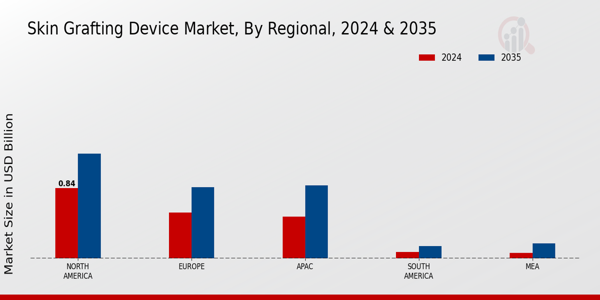
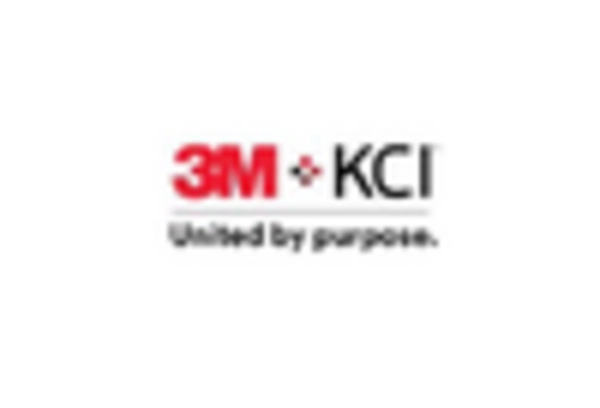
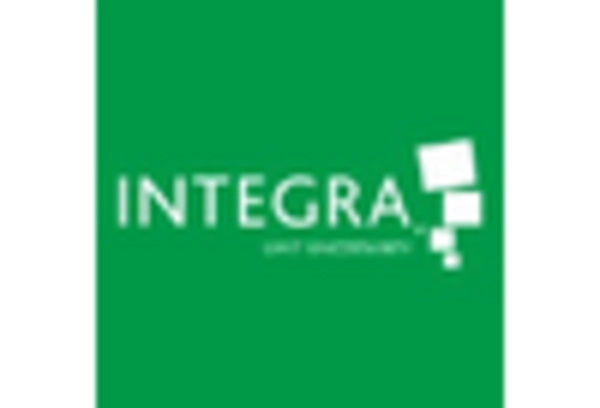
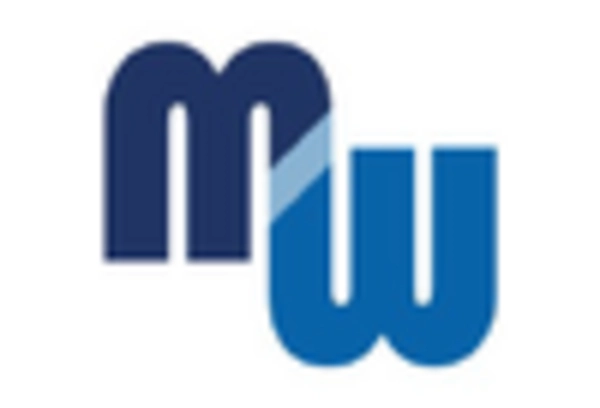
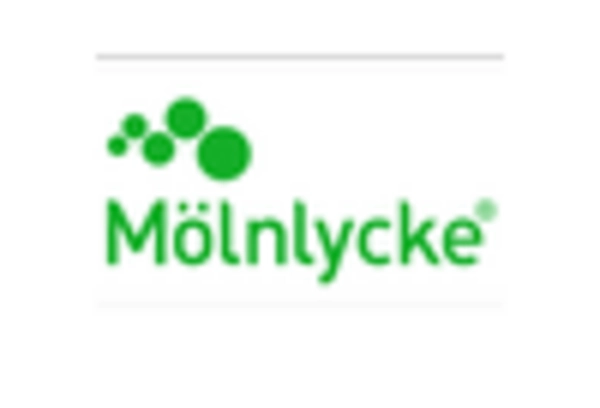










Leave a Comment